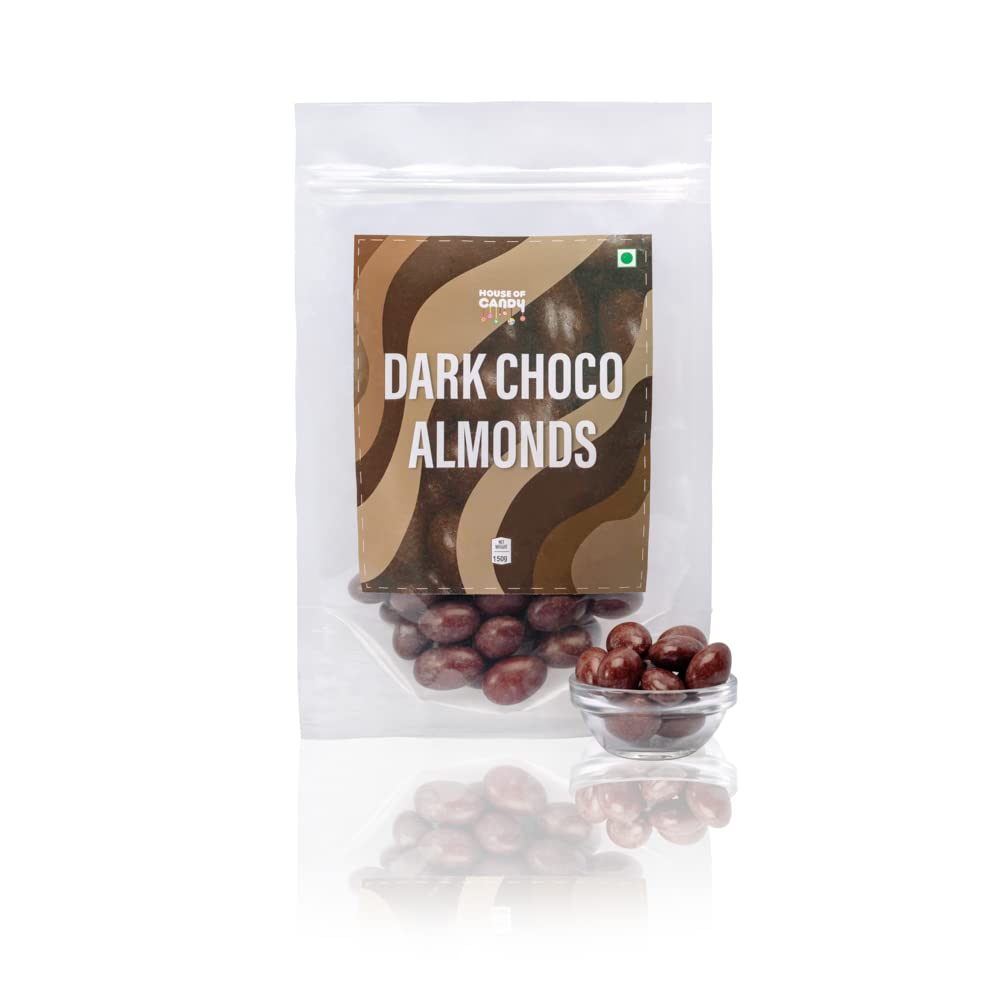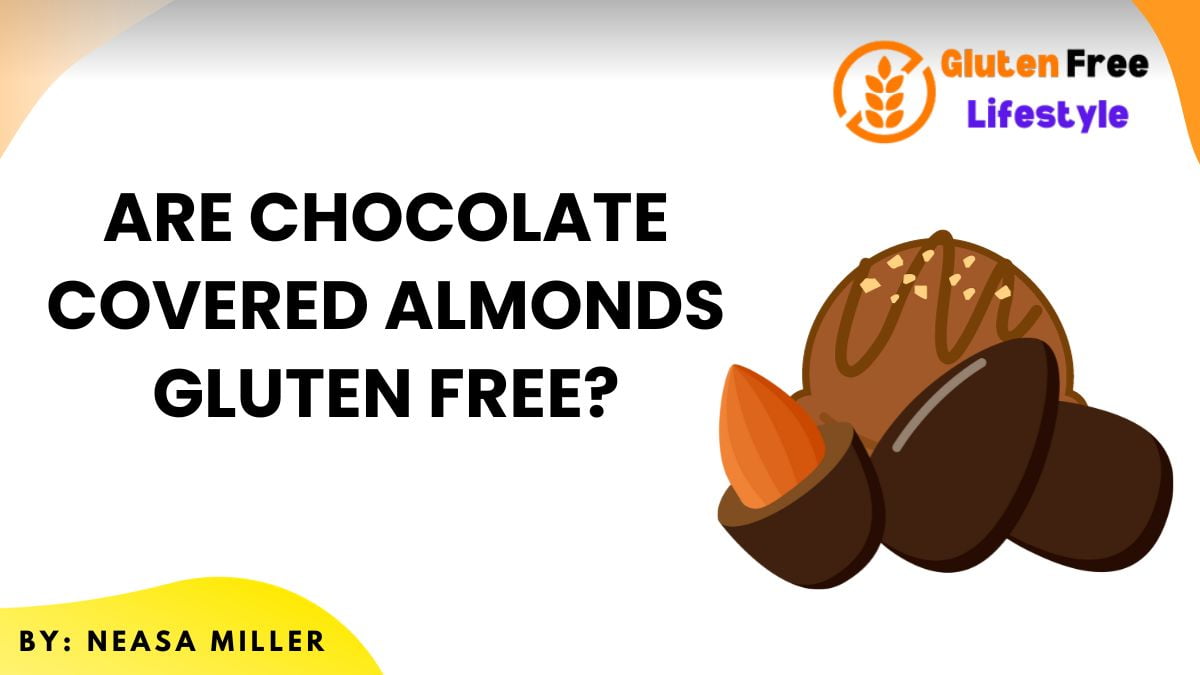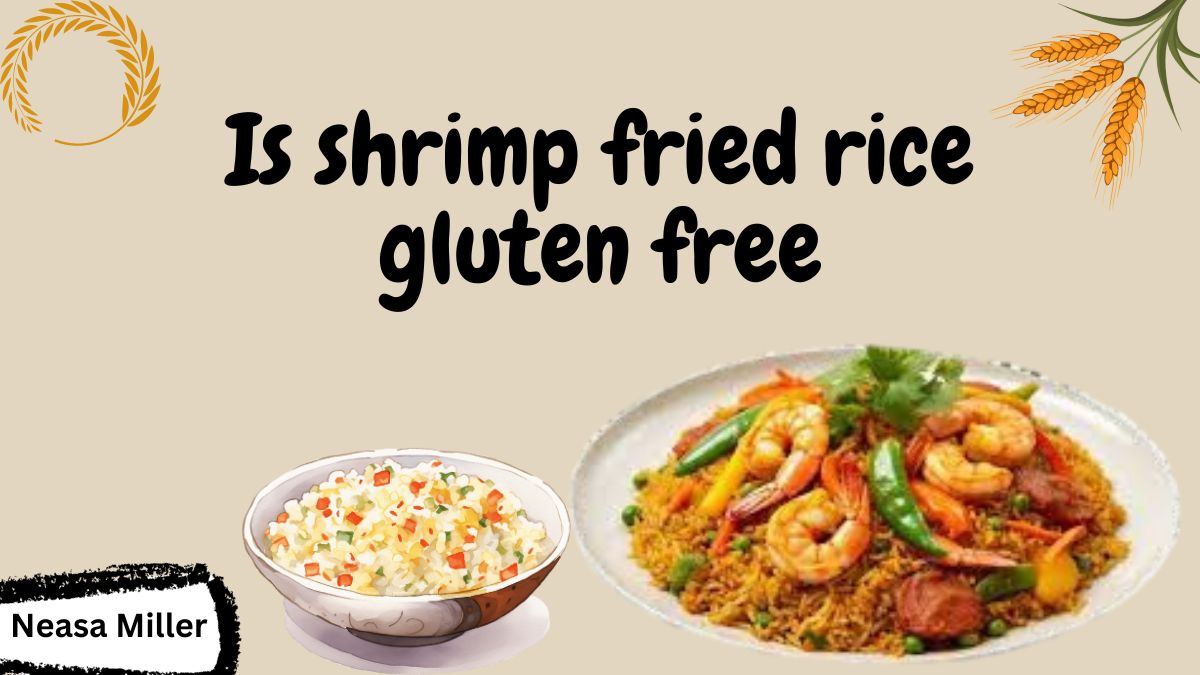Many people with gluten intolerance or celiac disease wonder if chocolate covered almonds contain gluten. As a dietitian specializing in gluten-free diets, I often get asked whether chocolate covered almonds contain gluten? This is an important concern for many of my clients who need to avoid gluten due to celiac disease or non-celiac gluten sensitivity. The good news is that plain almonds are naturally gluten-free! However, the chocolate coating introduces potential sources of gluten contamination. Here’s a comprehensive guide on whether chocolate covered almonds are gluten-free from a dietitian’s perspective:
Gluten Content in Almonds
Almonds are a nut that grows on trees and are naturally gluten-free. The almond is a tree nut that grows without any exposure to gluten-containing grains like wheat, barley or rye. Plain whole almonds, with or without the brown skin intact, are completely gluten-free in their natural unprocessed form. This makes almonds a safe food choice for gluten-free diets.
Potential Sources of Gluten in Chocolate Covered Almonds
While almonds themselves are gluten-free, chocolate covered almonds may contain traces of gluten due to:
- Binders in chocolate coating – Manufacturers often add binders and thickeners to improve the texture and consistency of melted chocolate coatings. Common binders like wheat starch or maltodextrin can contain gluten. The chocolate coating may contain questionable ingredients like wheat starch, maltodextrin, or emulsifiers and stabilizers processed using alcohol distilled from gluten grains. Binding agents are commonly added to improve the smoothness and consistency of melted chocolate.
- Flavorings – Chocolate coatings may include flavorings or extracts that utilize gluten-containing alcohol in production.
- Cross-contamination – Chocolate covered almonds are mass-produced, often on shared equipment. Trace amounts of gluten can get into otherwise gluten-free foods during manufacturing. Additionally, many chocolate manufacturers produce gluten-containing items on shared equipment. Trace amounts of gluten can transfer between products through shared machinery, processing lines, and facilities if proper cleaning protocols aren’t in place.
- Stabilizers or emulsifiers – Lecithin, a common food additive made from soybeans or eggs, may be derived from wheat instead. Other stabilizers like wheat germ oil also contain gluten.
How to Determine if Chocolate Almonds are Gluten-Free

To find out if a particular brand of chocolate covered almonds is gluten-free, check the ingredient list and labeling. Key things to look for:
- No ingredients containing gluten – Wheat, barley, rye, malt, and oats are not present.
- No cross-contamination – Package is labeled “gluten-free” or produced in a facility free of gluten.
- No questionable thickeners – No starch, dextrin, or emulsifiers of unknown origin.
Reputable gluten-free brands validate the gluten-free status through analytical testing as well. When in doubt, contact the manufacturer to inquire about their production processes and policies regarding gluten.
Tips for Choosing Safe Gluten-Free Chocolate Almonds
When selecting chocolate covered almonds, keep these tips in mind:
- Opt for major gluten-free brands that state “gluten-free” on packaging.
- Avoid coatings listing questionable thickeners like starch or dextrin.
- Almonds coated in pure chocolate with minimal ingredients are less likely to have gluten.
- Dark chocolate has lower risks than milk chocolate due to fewer additives.
- Purchase chocolate almonds made in dedicated gluten-free facilities when possible.
- If unsure, choose plain almonds and add your own gluten-free chocolate at home.
Conclusion
Plain almonds are naturally gluten-free, but chocolate coated almonds may contain traces of gluten from ingredients added during manufacturing. As a dietitian, I advise my clients to scrutinize chocolate covered almonds carefully. Look for the major gluten-free brands that reliably label their items “gluten-free” after extensive testing. Opt for coatings with minimal ingredients and dark chocolate, which carries lower risks. Plain almonds coated in pure chocolate are less likely to harbor hidden gluten. And when in doubt, choose plain natural almonds and add your own gluten-free chocolate at home. While not guaranteed, these tips help identify safer options to allow chocolate covered almonds to be enjoyed on a gluten-free diet.



